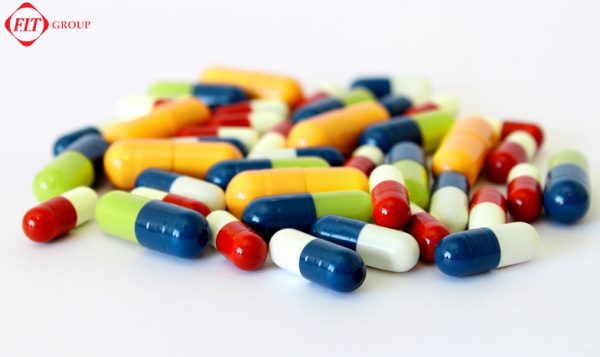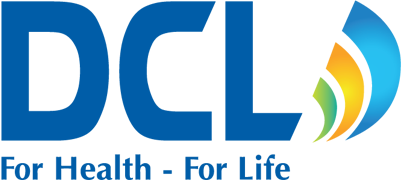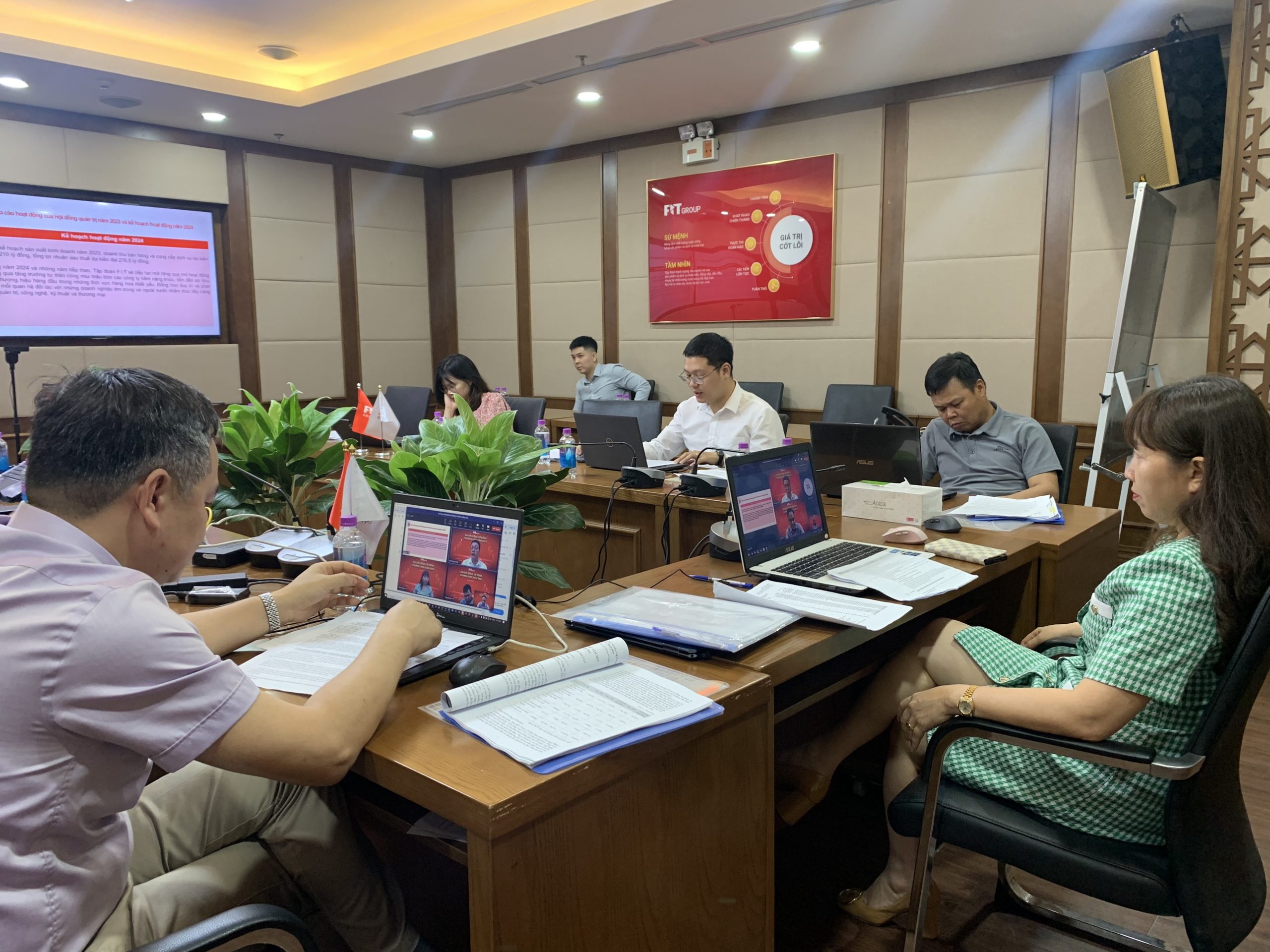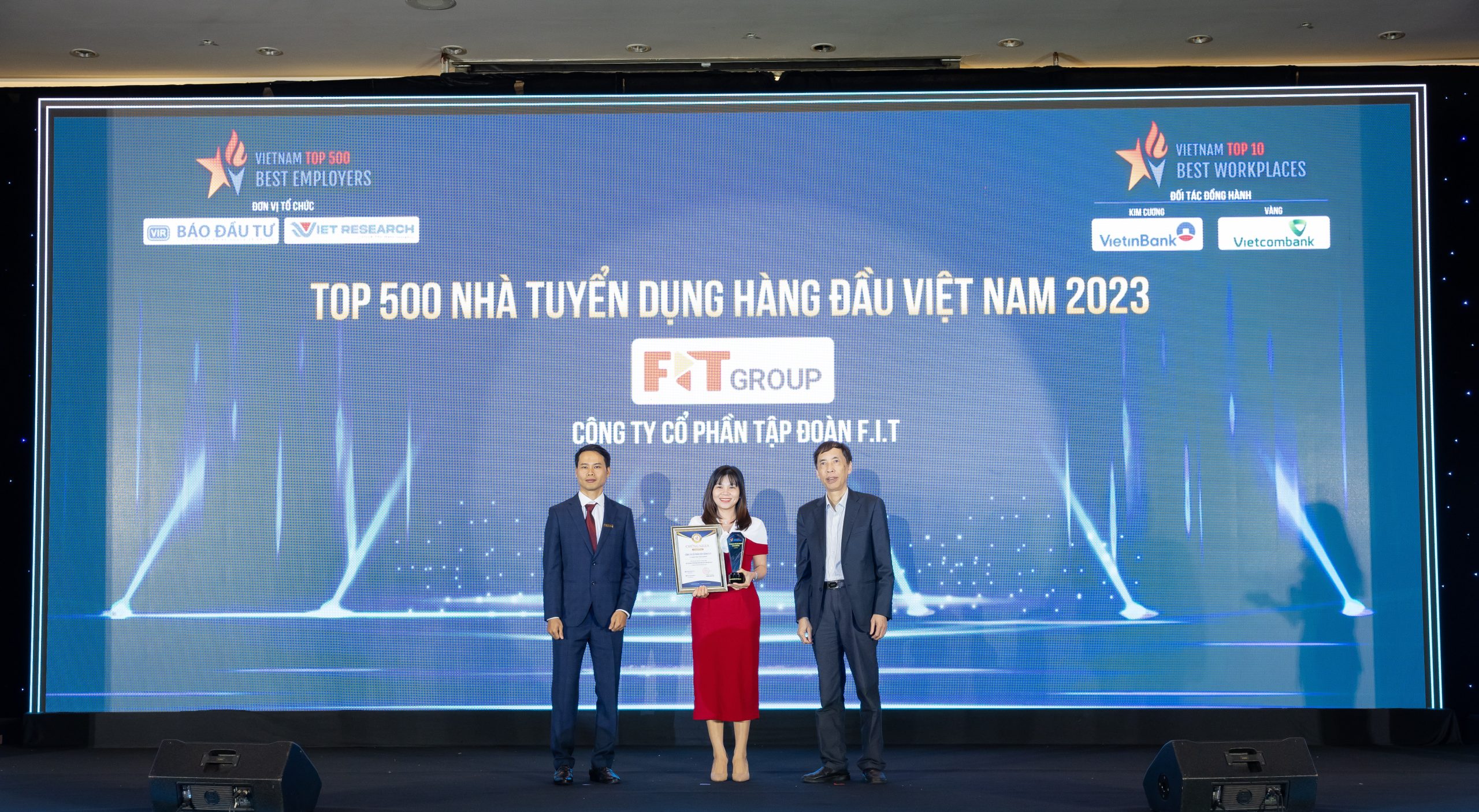According to statistics of the Drug Administration of Vietnam, the industry will continue to achieve double digit growth in the next 5 years and expect to reach 7.7 billion USD in 2021.
Vietnam is currently classified as a group of pharmerging (group of countries having low position on the pharmaceutical market, but having a speed pace of growth -according to the classification of IQVIA Institute). The population is entering stage of aging population (World Bank warns, Vietnam is experiencing the fastest population aging rate ever, the proportion of population aged 65 and older is 6.5 % in 2017 and is expected to reach 21% by 2050), which means increasing demand for health care. Nielsen assessed that health care is always one of the top two concerns of Vietnamese consumers.
In addition, the willingness to pay for health services tends to increase due to improvement in per capita income as well as educational level, while the living environment is at high risk of pollution resulted in rising rate of diseases. These are the main factor leading to the inevitable development of the pharmaceutical industry.
The trend of growing drug consumption has remained constant over the years, while per capita pharmaceutical costs still show growth compared to the average of emerging pharmaceutical markets.

According to statistics of the Drug Administration of Vietnam, the industry will continue to achieve double digit growth in the next 5 years and expect to reach 7.7 billion USD in 2021. Accordingly, nearly 78% of experts and enterprises forecasts that the growth rate of the whole industry in 2019 will reach over 10% (in 2017: the growth rate of the industry is forecasted by 75% of enterprises to reach over 10% in 2018), showing confidence in the ability to revenue and profit growth of current pharmaceutical enterprises.
Although the Vietnamese pharmaceutical industry has gained some certain achievements, it is still young industry. It has potential for develop but needs to be invested more when more than half of the market of raw materials and finished drugs depend on import. In 2017, Vietnam imported US$ 375 million of pharmaceutical raw materials, 78% of which were from China and India – the two main sources of supply for developing countries which involves in the production of generic drugs. Because of the dependence on raw materials, in 2018, many Vietnamese pharmaceutical enterprises struggled when the price of API imported from China went up significantly from 15% to 80%, amid the closure of series of factories producing API by the Government due to its environment polluting effects.
Overall, economic growth, rising incomes, large populations entering the stage of aging together with health problems arising from the environment and the industrialization process may consider as growth-promoting factors for the industry. However, how to launch generic quickly, increase the proportion of high-value drugs and improve consumer confidence as well as competitiveness can be a challenge for domestic pharmaceutical manufacturers in the coming future.
(Source from vietnambiz)








